As Nick Jones steps back, what’s next for Soho House?
After a cancer scare, founder Nick Jones is handing over the reins of the global hospitality empire, which is expanding into Australia. But can he really let go?
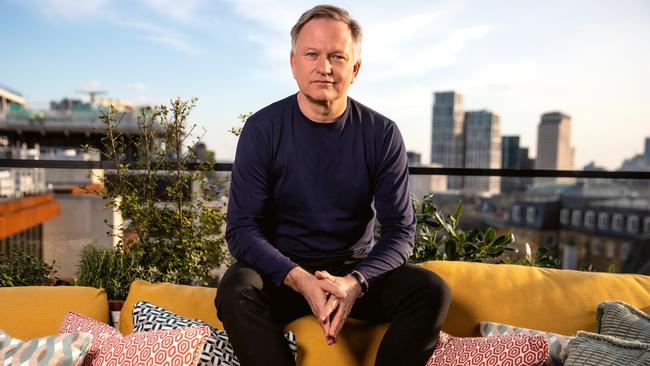
Watching Nick Jones hold court, pint of Peroni in hand, on the roof terrace of Soho House New York, you’d never know that just over a year ago the 60-year-old entrepreneur was undergoing life-saving surgery for prostate cancer. He is here – addressing a crowd of members by the rooftop swimming pool that was made famous in a 2003 episode of Sex and the City – to celebrate 20 years since Soho House, the private members’ club he founded in London in 1995, opened its Manhattan branch.
Following his diagnosis in the northern summer of 2022, Jones had feared for his life but told no one at work. “I kept it very much to myself,” he shares in a back office later. In fact, the only person he confided in about his cancer was his wife, Kirsty Young, a TV and radio presenter and former Desert Island Discs host. “I carried on with work. I’d go off to a different room and be told my results while I was in the middle of a meeting. The only person who knew was Kirsty – she came to all the meetings. It was a very unsettling time.”
Young, 55, was emerging from her own health crisis. In 2018 she had been forced to step back from her career with chronic debilitating pain as a result of rheumatoid arthritis and fibromyalgia. “She was in a lot of pain. It was really hard to watch,”
says Jones. “But she’s a determined person – she was very heroic and quiet about the pain she went through.”
Young returned to work in 2022 to host the Platinum Jubilee celebrations and, after the death of Queen Elizabeth, fronted the BBC’s coverage of the funeral. She now hosts a podcast series, Young Again, talking to celebrities such as Linda Evangelista, Jada Pinkett Smith and Jamie Oliver about the advice they’d give to their younger selves.
What is it like being married to a master interviewer? “Supper’s interesting!” he says. “I mean, Kirsty’s amazing. I put a lot of my fortunate success at Soho House down to her and her advice. She gets it, she understands it – whenever she sees anything that isn’t quite right, it upsets her.”
The couple met in 1998 when, as a rising star of television news, Young stayed at Babington House, Jones’s first country hotel. Their relationship – which began six months after Jones’s divorce from his first wife, Tania – briefly became headline news. He says he was relieved when the tabloid glare faded. “It’s not what you want, really.” He has two children with Tania – Natasha, 30, and Oliver, 28 – and two daughters, Freya, 23, and Iona, 17, with Young. Jones recently became a grandfather for the first time after his eldest daughter had a child. He chose not to tell his children when his diagnosis came.
“We didn’t want to worry them,” he says. “Because when you use that word, cancer, and you’re a kid and it’s about a parent, it’s an incredibly worrying thing. And we also knew there was a solution, and we wanted to tell them when the solution was achieved. So they were the first to know once my cancer had been removed.”
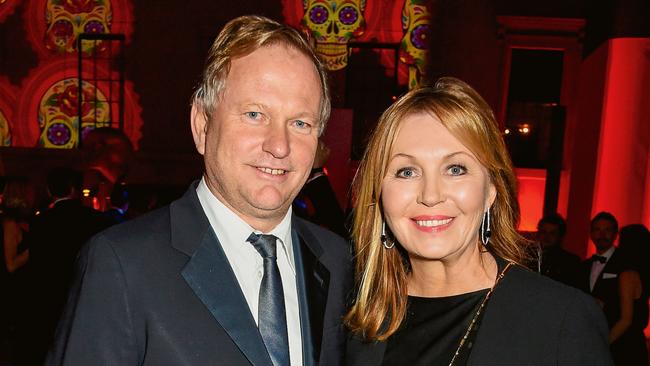
Jones believes part of the reason for his “lucky escape” was that he lost both of his parents to the disease. His mother, Anna, died of lung cancer aged 63, and his father, Keith, died of pancreatic cancer at 72. “So I am a highly alert cancer searcher,” he says. “I had blood tests all the time.” When one test came back showing Jones’s PSA (prostate-specific antigen) levels were “a bit variable”, his doctor sent him for an MRI scan. This found a “very significant, very aggressive” tumour. He had his prostate removed in September 2022 and has since been given the all-clear.
Jones now sees it as his duty to raise awareness about the disease. He wrote to Soho House’s members to encourage men to get tested and says that several acquaintances have been diagnosed with prostate cancer as a result. “You don’t really have symptoms,” he says. “You should be nagging your dad. If you catch it early, there’s a big chance you can do something about it.”
He reels off the fact that more than 12,000 men die of prostate cancer every year in the UK. In Australia it is about 3500 men annually. “What happens is, quite a lot of the time, men die of embarrassment. Or they quietly have it [treatment] done and don’t want people to think they have issues downstairs.” He adds: “Men have opinions about themselves and what they should be. And that opinion is, ‘Everything downstairs works perfectly’. Well, no. So that’s what the consequences are of prostate cancer; there’s a risk that there’s peeing in your pants and you can’t get a hard-on if you have your prostate taken out.” Has that happened to him? “No. The peeing I was very lucky with. And the hard-on’s come back. I had a very good surgeon round my nerves. So I was lucky.”
Did he think he would die? “You do think that – it’s a horrible feeling and I feel for every …” He trails off. “You know, lots of people get diagnosed with cancer, so I don’t want to be an individual sob story here.”
Before being declared cancer-free, Jones had done some soul-searching and resolved to step down as chief executive of the company he founded on Greek Street, in the Soho district of London, 28 years ago. “I wanted to start living a more fulfilling, balanced life,” he says. “I’ve been through stages of being a workaholic and I don’t think it’s healthy. And being a workaholic, people admire it and think it’s fantastic. It’s not.”
In November 2022, he handed over the reins to Andrew Carnie, 49, who joined Soho House in 2019 from the US fashion and lifestyle brand Anthropologie. Not having Jones at the helm was a huge departure for Soho House, which had listed on the New York stock exchange in 2021.
In the late 1990s and early 2000s, a Soho House membership was a must-have commodity for ambitious members of London’s media circles. Jones sought to differentiate it from other private members’ clubs and attracted “creatives” with a strict dress code: “Keep it casual”. Suits were a serious faux pas. As the club grew, so did its celebrity clientele – Hugh Grant, Jude Law, Madonna, Kylie Minogue and Nicole Kidman among them. The clubs retained their hipster allure into the 2010s and the Dean Street branch – which opened in 2015 – served as the venue for Prince Harry’s first date with Meghan Markle. Jones was a guest at their wedding, while his wife fronted the BBC’s coverage of the ceremony. Is he still friends with the exiled royals? “I know them, yes,” he replies warily.
Soho House’s no-suits policy was undermined somewhat when it opened The Ned in the heart of the City of London in 2017. I ask Jones what happens if somebody turns up in a suit today. “Well, fine,” he says. He wants the Soho House of 2023 to appeal to “decent people with creative souls”.
The group now has 42 “houses” around the world – the latest being Mexico City – with Sydney’s Darlinghurst also announced, but its first overseas branch was in a converted warehouse in Manhattan’s Meatpacking District. The day after the 20th anniversary party, Jones is back to host a lavish staff breakfast alongside Carnie. Together the pair dish out creamy scrambled eggs, pancakes, French toast and salmon bagels. That night he hosts a dinner for dozens more guests.
“People don’t think I’m shy, but I am,” Jones says later looking slightly frazzled, his (English) public school drawl making him sound not unlike Boris Johnson.
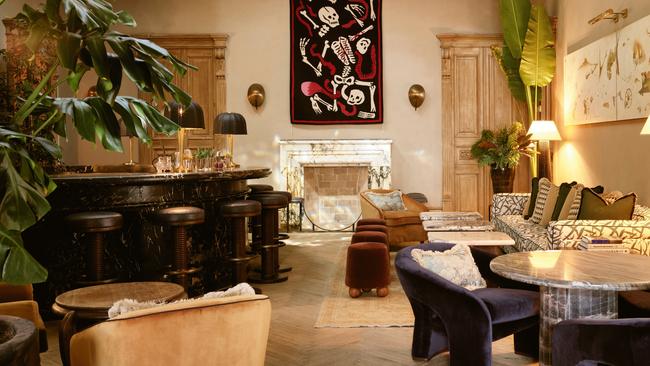
Jones grew up in Cobham, Surrey, and started out in the catering trade after leaving his boarding school, Shiplake College, near Henley-on-Thames, at 17. He is dyslexic and struggled academically. When I ask if he enjoyed boarding, he says: “It was strange. At the age of seven, being dropped off to prep school, my mother was in floods of tears. And I said, ‘You were the one who decided to do this’.”
His father had wanted him to join the family’s insurance-broking business, but Jones had other ideas. “Both my brothers went into the family business and consequently it went bust,” he says with a laugh. His sister has a “proper job”, working as a pediatric therapist in the UK’s National Health Service.
Following a catering trainee scheme, Jones worked his way up from the kitchens and front desk to become marketing manager at Grosvenor House on London’s Park Lane. In the late 1980s, he broke away to start his own business. His small burger chain, Over the Top, did not work out. But he found some success by converting his Soho branch into Cafe Boheme, an upmarket French restaurant with live jazz. In 1995, Cafe Boheme’s landlord offered Jones the space above the restaurant. And so, “by accident”, Soho House was born.
Its venues, which generally include restaurants, bars and hotel rooms, have more than 176,000 members and a waiting list of 95,000 more. The typical London client pays £2750 a year for a full membership, which includes access to clubs across the world and discounted rates on rooms. (The Cities Without Houses program has been running monthly in Sydney and Melbourne for the past seven years and costs $4750 annually.) The company is well known for its distinctive style – a mix of old-fashioned furniture and contemporary art – and also sells a range of interiors through its Soho Home retail business.
Carnie was brought in to lead the business’s ambitious global expansion plans. Recently he decided the pace had to be slowed so he could focus on “our existing houses, our existing members”. The extent of expansion is a constant subject of debate for the business. More houses and more members mean more money, but doesn’t that come at the expense of exclusivity?
“We don’t really see ourselves in terms of exclusivity,” Carnie says. “Our existing members love nothing more than when we open a new house.”
Sure enough, a London member I speak to says she likes staying in Soho Houses while travelling for work. But she complains that her “house” in London now often feels too crowded. Once upon a time, it would not have been unusual to spot a celebrity of Bono’s calibre in a Soho House. These days, not so much.
Another challenge for a brand that will, for some, always be associated with “media wankers” of the early ’90s is retaining its appeal for younger people. It has a longstanding half-price membership rate for under-27s. This also applies to its Cities Without Houses program.
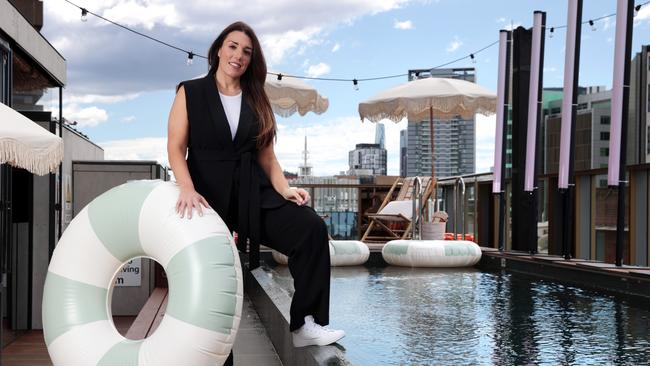
I ask Carnie if he thinks Soho House is still cool. “We would say we are not cool,” he says. “Because we never try to be cool. We try to be relevant.”
Jones agrees: “We’re definitely not cool.”
From a heliport by the Hudson River, Jones and I are flown 35 minutes to upstate New York for a glimpse of one of Soho’s next projects: Grasmere House, an abandoned country estate originally built in 1775 outside the quaint town of Rhinebeck. Standing in a giant barn, hands on hips, Jones surveys blown-up CGIs of how Grasmere will look when it opens. The red-brick mansion will be transformed into a luxury hotel with 12 rooms. Accommodation cabins will be built beside Grasmere’s lake. Guests will be whisked around the estate in repurposed electric postal vans.
“Fantastic job,” Jones tells the team of four designers. “But,” he adds, “the wellness is weak.” After a dejected beat, a colleague notes that the plans do include sauna pods, hot tubs and treatment rooms. “How about ice tubs?” Jones booms. His team agree that ice baths are in vogue, but their budget is tight and Jones’s shopping list from today alone has included a $US5 million cinema, “loads more toilets” and a giant lampshade.
I wonder if Jones is finding it hard to let go, now that he is no longer chief executive. He devotes only two or three days a week to the business, yet still appears pretty hands-on. “I wouldn’t call it hands-on,” he protests. “You know, I’m not making the decisions.” He says he is relieved to have stepped back – he doesn’t enjoy meetings but loves the “creative stuff”. “When you’ve created the business, a lot of chief executives would want that person out of the way. Andrew’s smart and realises that working together is going to get the best result for people who work for us and our members.”
I ask Carnie: is Jones still the boss? “No,” he replies, a little ruffled. “I run the company. Nick is the founder. And Nick supports me. Nick’s been a great mentor to me. I would say that Nick is the creative driving force, still, of Soho House.”
Later Richard Caring, the British restaurateur behind the Ivy, who first bought into Soho House in 2008 and now owns a 21 per cent share (compared with Jones’s five per cent), gives me his verdict. “Nick is playing more of an ambassadorial role, so he’s like the old uncle,” he says. “Nick was a genius in his concept, but now the club needs people that are actually operational people.”
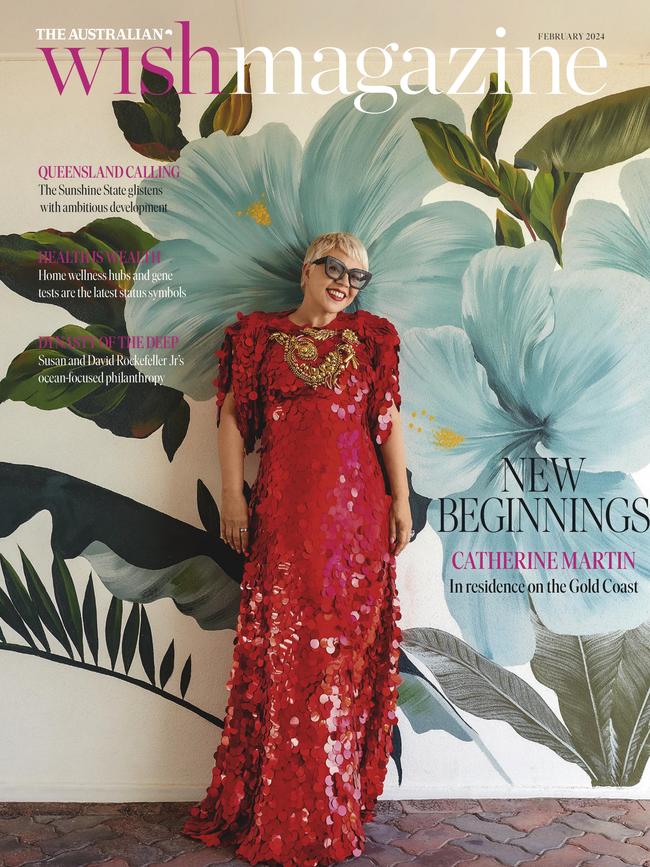
At the end of my helicopter journey back with Jones, I ask whether, in the dark days of his cancer experience, he thought about his legacy. “To be honest, I didn’t think about that at all,” he says, gazing out over the Manhattan skyscrapers. “I really don’t. I’m just quite surprised it’s worked out as well as it has.”
The Times/News Licensing
This story appears in the February issue of WISH Magazine, out now.




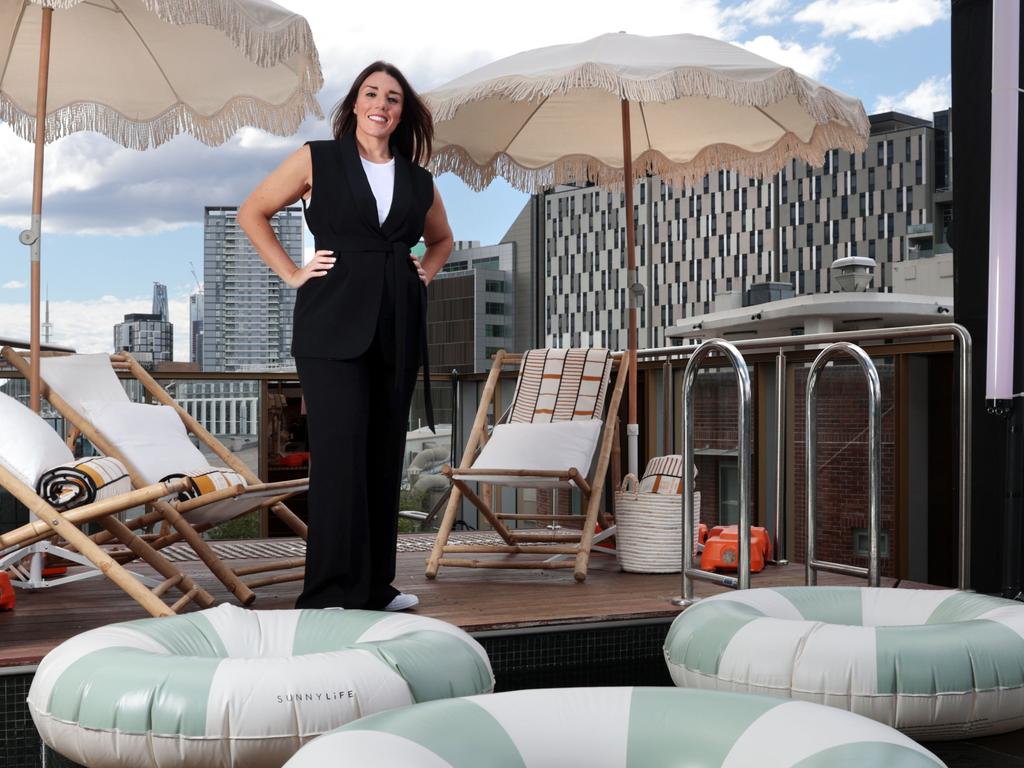
To join the conversation, please log in. Don't have an account? Register
Join the conversation, you are commenting as Logout